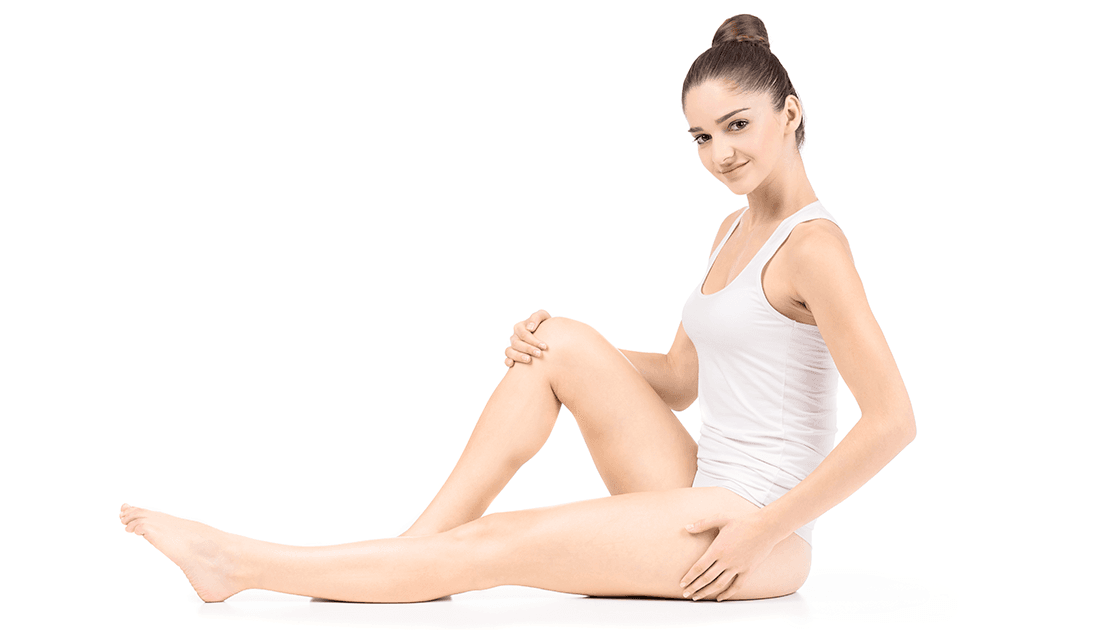The Technology: Turning Back Time
Aging is a natural process that brings wisdom and grace, but it also brings wrinkles, sagging skin, and fine lines that many of us wish we could reverse. Enter radio frequency (RF) skin tightening, a cutting-edge technology that’s revolutionizing skincare. This non-invasive treatment uses radio frequency energy to heat the deeper layers of the skin, stimulating collagen production and tightening existing collagen fibers. The result? Smoother, firmer, and more youthful-looking skin.
RF skin tightening works by delivering controlled RF energy to the dermis, the skin’s second layer. This energy heats the tissues, causing immediate collagen contraction and stimulating long-term collagen production. Unlike more invasive procedures, RF skin tightening is virtually painless and requires no downtime. It’s an attractive option for those seeking subtle yet noticeable improvements without the risks associated with surgery.
Getting Started: What You Need to Know about Radio Frequency
Before diving into RF skin tightening, you must understand the treatment process and prepare accordingly. The first step is to schedule a consultation with a qualified dermatologist or aesthetician who can assess your skin’s condition and determine if RF skin tightening is right for you.
During the consultation, your provider will discuss your medical history, skin concerns, and treatment goals. They’ll also explain the procedure in detail, including what to expect before, during, and after the treatment. This is an excellent opportunity to ask any questions and address any concerns you might have.
On the day of the treatment, your provider will cleanse your skin and apply a conductive gel to the treatment area. The RF device then delivers controlled energy pulses, heating the skin’s deeper layers. Most patients describe the sensation as a warm, tingling feeling, with minimal discomfort. The procedure typically takes 30-60 minutes, depending on the area being treated.
Seeing the Results: Radio Frequency Before and After
One of the most compelling aspects of RF skin tightening is the visible difference it can make. While some patients notice immediate improvements due to collagen contraction, the most significant results develop gradually over several weeks as new collagen is produced. This means that your skin continues to improve long after the treatment session.
Results can vary based on individual factors such as age, skin type, and the severity of skin laxity. However, most patients experience noticeable improvements, making RF skin tightening a popular choice for non-surgical skin rejuvenation.
RF skin tightening is a powerful tool in the fight against aging, offering a non-invasive way to turn back the clock and achieve smoother, firmer skin. By understanding the technology, preparing properly, and appreciating the gradual yet impressive results, you can see the difference for yourself. Whether you’re dealing with sagging skin, fine lines, or wrinkles, RF skin tightening can help you achieve a more youthful appearance and boost your confidence. Ready to take the plunge? Consult with a skincare professional today and embark on your journey to revitalized skin.








